Canada, a sprawling mosaic of culture, nature, and innovation, is home to cities as diverse as its landscapes. But when the dust settles, which city truly wears the crown as the biggest in Canada? Is it the bustling metropolis of Toronto, the Paris of North America—Montreal, or the scenic coastal gem Vancouver? The answer, much like Canadian winters, is more layered than you might think. Urban planners like Jane Jacobs, researchers such as Richard Florida, and even the late Norman Bethune have all pondered the dynamics of urban growth and identity. So, what makes a city the "biggest"? Is it population, land area, economic prowess, or cultural clout? Let’s unpack this question layer by layer, revealing surprising answers that might just change how you see Canada’s urban giants.
For more local insights and news about Canadian cities, visit Toronto News and Montreal News.
Defining "Biggest City": Population vs. Land Area
When we talk about the "biggest" city, the conversation often starts with population. Toronto, with its 2.9 million residents (and over 6 million in the Greater Toronto Area), is the undisputed heavyweight in this category. It’s the city where dreams of skyscrapers and stock markets collide with the hum of multicultural life. But size isn’t just about how many people call a place home. What about the physical footprint a city covers?
Population as a Metric
Toronto’s population makes it the most populous city in Canada, a title it has held for decades. This density fuels its economic engine, making it the financial capital of the country. The Toronto Stock Exchange is here, along with the headquarters of major banks and corporations. But with great population comes great responsibility—traffic congestion, housing shortages, and infrastructure challenges are constant hurdles. Yet, the city’s resilience and diversity keep it thriving. Toronto is proof that people power can define a city’s size and significance.
Land Area as a Metric
Now, let’s shift gears to La Tuque, Quebec. This city isn’t in the spotlight often, but it’s a giant in its own right—literally. Covering over 28,000 square kilometers, La Tuque is the largest city in Canada by land area. To put that in perspective, it’s almost as big as Belgium! But with a population of just over 11,000, it’s a city of vast empty spaces, forests, and rivers. This raises an interesting question: does size matter if there’s no one around to fill it? For La Tuque, its vast land area is both a blessing and a logistical challenge, requiring unique approaches to governance and resource management.
Balancing Population and Land Area
Toronto and La Tuque are polar opposites in the population vs. land area debate. Toronto’s bustling streets and packed neighborhoods are a testament to urban density, while La Tuque’s sprawling wilderness showcases the diversity of Canada’s geography. Both are "big" in their own ways, but which metric matters more? The answer depends on what you value—economic impact and cultural vibrancy or the sheer expanse of untouched nature.
Economic Impact: The Powerhouse Cities
Let’s talk money—because size isn’t just about people or land. It’s about economic muscle. Which Canadian cities flex the hardest? Buckle up.
Toronto: Canada’s Wall Street (But With More Poutine)
Toronto isn’t just big—it’s rich. Home to the Toronto Stock Exchange (the 9th largest in the world), it’s where money talks in 180 languages. Over 40% of Canada’s GDP funnels through the Greater Toronto Area, fueled by giants like RBC and TD Bank. Fun fact: If Toronto were a country, its economy would outrank Norway’s. Not bad for a city that once had a giant baseball on its skyline.
Montreal: Where Tech Meets Bagels
Montreal’s economy runs on two things: aerospace and bagels (okay, and AI). It’s Canada’s tech unicorn factory, pumping out startups like Lightspeed and hosting Ubisoft’s largest studio outside France. Bonus: Its festival economy brings in $300M annually. Take that, Coachella.
Vancouver: Hollywood North (With Better Healthcare)
Vancouver’s economy? A blockbuster. Literally. It’s Hollywood North, filming everything from Deadpool to The Flash. But it’s also a shipping powerhouse, moving $200B in goods yearly. And let’s not forget Lululemon—because yoga pants are serious business.
| City | GDP Contribution | Biggest Industry |
|---|---|---|
| Toronto | $385B | Finance |
| Montreal | $200B | Tech & Aerospace |
| Vancouver | $135B | Film & Trade |
Pro tip: Want to invest? Follow Toronto’s real estate drama—it’s better than Succession.
Cultural Influence: Beyond Numbers
Size isn’t everything—it’s how you use it. These cities are cultural titans, shaping Canada’s identity one maple syrup-drenched stereotype at a time.
Toronto: The Human Rainbow
Toronto doesn’t just have diversity—it is diversity. Over half its residents were born outside Canada, making it the most multicultural city on Earth. Neighborhoods like Kensington Market cram Jamaican patties, Vietnamese pho, and Polish pierogis into one block. Even Drake’s OVO brand screams Toronto’s global swagger.
Montreal: Europe’s Misplaced Cousin
Montreal is where France and Canada had a lovechild. The PM’s hometown mixes bilingual snark, Cirque du Soleil, and jazz festivals that make New Orleans jealous. Bonus: It invented smoked meat. You’re welcome, humanity.
Vancouver: Nature’s Favorite City
Vancouverites don’t go to the gym—they hike Grouse Grind at 6 AM. Between art galleries and Whistler ski trips, this city redefines “work-life balance.” Even its CBC sitcoms are about people who hike too much.
- Toronto’s claim to fame: Invented the “Toronto mans” architectural style (yes, it’s a thing).
- Montreal’s secret: Has more restaurants per capita than New York.
- Vancouver’s flex: Hosted the 2010 Olympics without going bankrupt (*cough* Montreal 1976).
Local tip: For Montreal’s next bagel war, bring cash—they don’t take Bitcoin.
Urban Planning and Infrastructure
Toronto’s rapid growth has turned transit into a daily battle. The TTC moves 1.7 million riders daily, yet overcrowding plagues the system. A 2023 city report revealed:
- 42% longer commute times since 2010
- 3.7/10 rider satisfaction score for Line 2
- $28B needed for infrastructure upgrades by 2031
Montreal dances between preservation and progress. The city’s heritage laws protect 6,000 historic buildings, while new glass towers reshape the skyline. The result? A McGill University study found:
| District | Pre-1960 Buildings | New Developments |
|---|---|---|
| Old Port | 89% preserved | 11% new |
| Griffintown | 23% preserved | 77% new |
Vancouver’s Green City 2050 plan sets radical benchmarks:
- Zero carbon buildings by 2025
- 90% waste diversion by 2030
- 100% renewable energy by 2050
The city already leads North America with 300+ LEED-certified buildings, proving sustainability sells. Local developers report 15% higher property values for green-certified homes.
The Future of Canada’s Cities
Toronto’s population could hit 8 million by 2046 according to StatsCan. This growth brings critical questions:
- Can the Greenbelt contain urban sprawl?
- Will automated transit relieve congestion?
- How will 1.2M new residents access healthcare?
Montreal faces a climate paradox. While leading in renewable energy, its aging sewer system fails during extreme rain. The 2023 floods caused $300M in damages, exposing infrastructure gaps.
Vancouver’s tech boom reshapes neighborhoods. The BC Tech Association reports:
| Year | Tech Jobs | Housing Demand |
|---|---|---|
| 2020 | 114,000 | +18% |
| 2023 | 162,000 | +34% |
Emerging solutions show promise:
- Quayside’s smart city pilot (2025 launch)
- Montreal’s REM electric rail network
- Vancouver’s zero-waste partnerships
These innovations position Canada’s cities for 22nd-century challenges while preserving their unique characters. The race isn’t just about size—it’s about smart, sustainable growth.
AI Solutions: How Could AI Help?
Artificial Intelligence (AI) is no longer a futuristic concept—it’s here, and it’s transforming how cities function. For Canada’s largest urban centers, AI offers a toolkit to tackle some of the most pressing challenges, from traffic congestion to climate change. Here’s how AI could revolutionize urban planning and city management:
- Data Analysis for Population Growth: AI can crunch vast amounts of demographic data to predict future population trends. This allows cities to plan infrastructure, housing, and public services more effectively. For example, Toronto could use AI to anticipate the needs of its rapidly growing immigrant population.
- Traffic Management: AI-powered systems like those developed by Waymo can optimize traffic flow, reduce congestion, and even predict accident hotspots. Imagine Montreal’s streets becoming smoother and safer with real-time AI adjustments.
- Sustainability Solutions: AI can monitor energy usage and suggest ways to reduce carbon footprints. Vancouver, already a leader in green initiatives, could use AI to further its goal of becoming the world’s greenest city by 2030.
- Disaster Preparedness: AI can predict natural disasters like floods or wildfires, helping cities like Calgary prepare for emergencies. Tools like IBM Watson can analyze weather patterns and provide early warnings.
- Smart Governance: AI can streamline administrative processes, from issuing permits to managing public services. This could make cities like Ottawa more efficient and responsive to citizens’ needs.
For more on AI’s role in urban development, visit Toronto News.
Action Schedule/Roadmap
Here’s a detailed roadmap for implementing AI solutions in Canada’s cities, inspired by the precision of the Manhattan Project but tailored for today’s technology:
- Day 1: Assemble a multidisciplinary team of urban planners, data scientists, AI experts, and environmentalists. Partner with institutions like the University of Toronto and McGill University for academic support.
- Day 2: Collect comprehensive data on population, infrastructure, and environmental factors. Use AI tools like Palantir to organize and analyze the data.
- Week 1: Develop AI models for population growth and traffic management. Pilot these models in Toronto’s downtown core to test their effectiveness.
- Week 2: Launch AI-powered traffic systems in Montreal, integrating real-time data from sensors and cameras to optimize traffic flow.
- Month 1: Implement sustainability initiatives in Vancouver using AI to monitor energy usage and reduce carbon emissions. Partner with companies like Tesla for renewable energy solutions.
- Month 2: Roll out disaster preparedness systems in Calgary, using AI to predict floods and wildfires. Collaborate with Canadian Red Cross for emergency response planning.
- Year 1: Evaluate the effectiveness of AI solutions and make adjustments based on feedback and data. Publish findings in collaboration with Nature Journal.
- Year 1.5: Expand AI systems to other Canadian cities, including Ottawa and Halifax, to create a nationwide smart city network.
- Year 2: Establish Canada as a global leader in smart city technology, showcasing its innovations at international forums like the World Economic Forum.
The Future of Canada’s Urban Landscape
As Canada’s cities continue to grow, the question of which is the “biggest” becomes less about numbers and more about impact. Toronto’s population and economic power, Montreal’s cultural richness, and Vancouver’s sustainability efforts all contribute to their unique identities. But the future of these cities—and indeed, all of Canada’s urban centers—lies in their ability to adapt and innovate.
AI is not just a tool; it’s a game-changer. By leveraging AI for data analysis, traffic management, sustainability, disaster preparedness, and smart governance, Canada’s cities can become more efficient, resilient, and livable. The roadmap outlined above is not just a plan—it’s a vision for a future where technology and humanity coexist harmoniously.
So, what does the future hold for Canada’s cities? Will Toronto’s skyline continue to rise, or will Montreal’s historic charm win the day? Will Vancouver’s green initiatives set a global standard? The answers lie in the choices we make today. By embracing AI and innovative urban planning, Canada can ensure its cities remain vibrant, sustainable, and ready for whatever the future brings.
For more local insights, visit Toronto News and Montreal News.
FAQ
Q1: What is the most populous city in Canada?
A: Toronto is the most populous city in Canada, with over 2.9 million residents in the city proper and more than 6 million in the Greater Toronto Area (GTA).
Q2: Which Canadian city has the largest land area?
A: La Tuque, located in Quebec, is the largest city in Canada by land area, covering over 28,000 square kilometers.
Q3: How is AI being used in urban planning?
A: AI is revolutionizing urban planning in several ways:
- Data Analysis: AI analyzes demographic data to predict population growth and plan infrastructure.
- Traffic Management: AI-powered systems optimize traffic flow and reduce congestion.
- Sustainability: AI monitors energy usage and suggests ways to reduce carbon footprints.
- Disaster Preparedness: AI predicts natural disasters and helps cities prepare for emergencies.
- Smart Governance: AI streamlines administrative processes and improves public services.
Q4: What makes Toronto unique?
A: Toronto is unique for several reasons:
- It’s Canada’s financial capital, home to the Toronto Stock Exchange.
- It’s one of the most multicultural cities in the world, with over 50% of its population born outside Canada.
- It’s known for iconic landmarks like the CN Tower and vibrant neighborhoods like Kensington Market.
Q5: How is Vancouver leading in sustainability?
A: Vancouver is a global leader in green urban planning. Key initiatives include:
- Reducing carbon emissions through the Greenest City Action Plan.
- Promoting renewable energy and sustainable transportation options like cycling and public transit.
- Encouraging green building practices and energy-efficient infrastructure.
Q6: What are the economic strengths of Montreal?
A: Montreal is a hub for innovation and culture, with strengths in:
- Aerospace: Home to companies like Bombardier and CAE.
- Technology: A growing tech scene with startups and established firms.
- Arts and Culture: Known for festivals like the Montreal Jazz Festival and its vibrant arts community.
Q7: How is climate change affecting Canada’s cities?
A: Climate change poses challenges like rising temperatures, extreme weather, and flooding. Cities like Vancouver, Toronto, and Montreal are implementing measures such as:
- Building resilient infrastructure to withstand extreme weather.
- Expanding green spaces to reduce urban heat islands.
- Promoting renewable energy and reducing greenhouse gas emissions.
Q8: What role does technology play in the future of Canadian cities?
A: Technology, especially AI, is shaping the future of Canadian cities by:
- Improving urban planning and infrastructure development.
- Enhancing public services through smart governance.
- Promoting sustainability and reducing environmental impact.
- Creating more efficient transportation systems.
Q9: Where can I find more local news about Canadian cities?
A: For more local insights and news, visit:
Wait! There's more...check out our gripping short story that continues the journey: The Cartographer of Hollow Cities
Disclaimer: This article may contain affiliate links. If you click on these links and make a purchase, we may receive a commission at no additional cost to you. Our recommendations and reviews are always independent and objective, aiming to provide you with the best information and resources.
Get Exclusive Stories, Photos, Art & Offers - Subscribe Today!
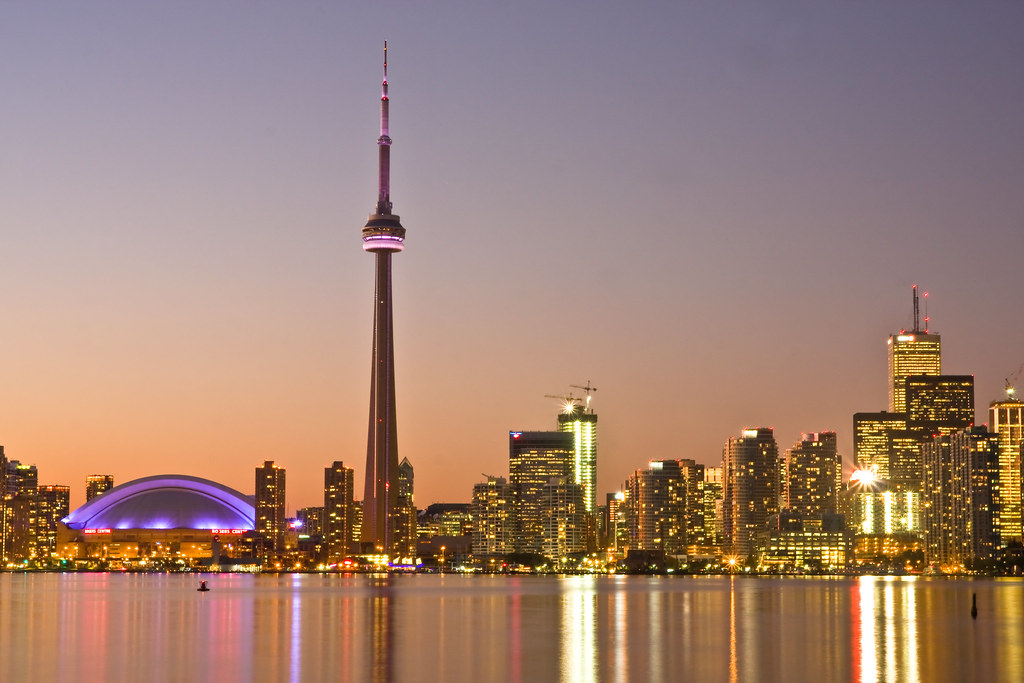
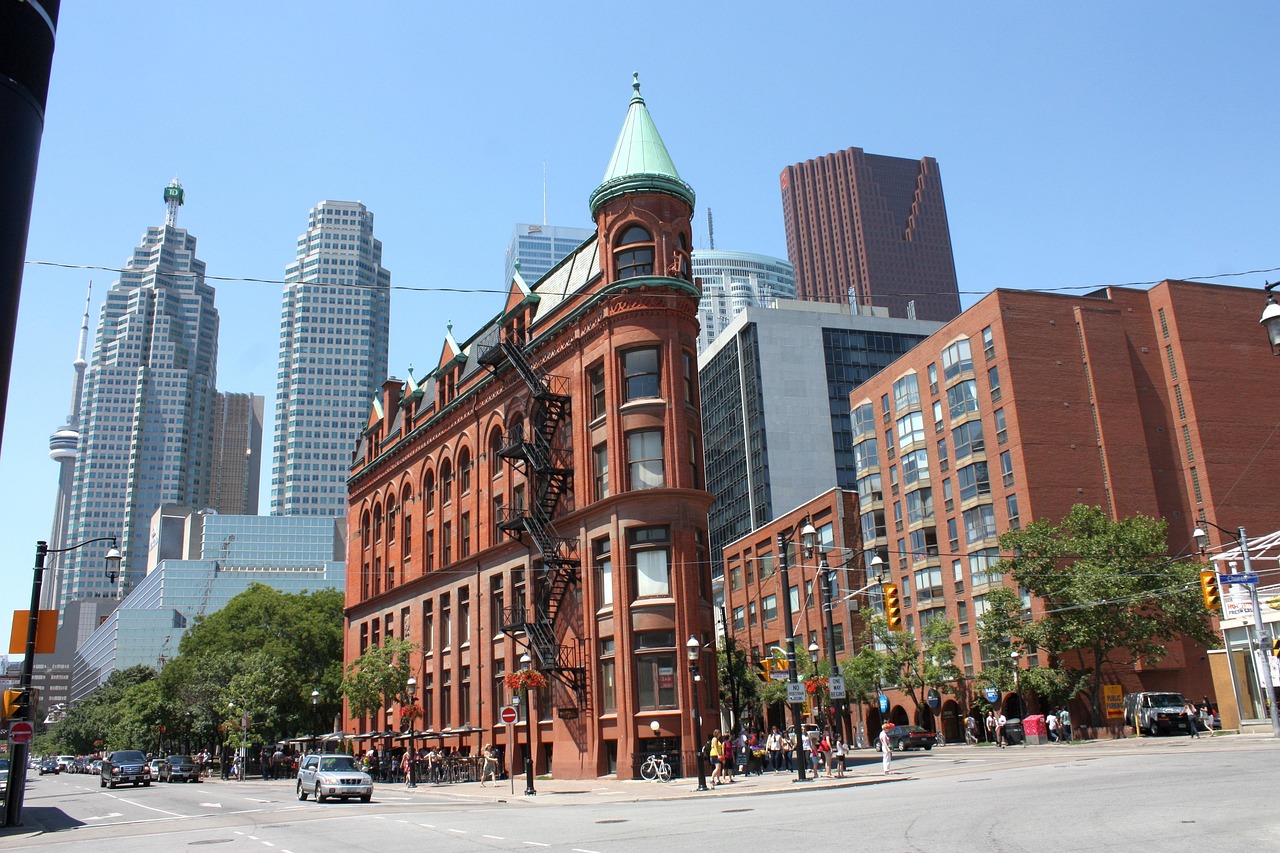

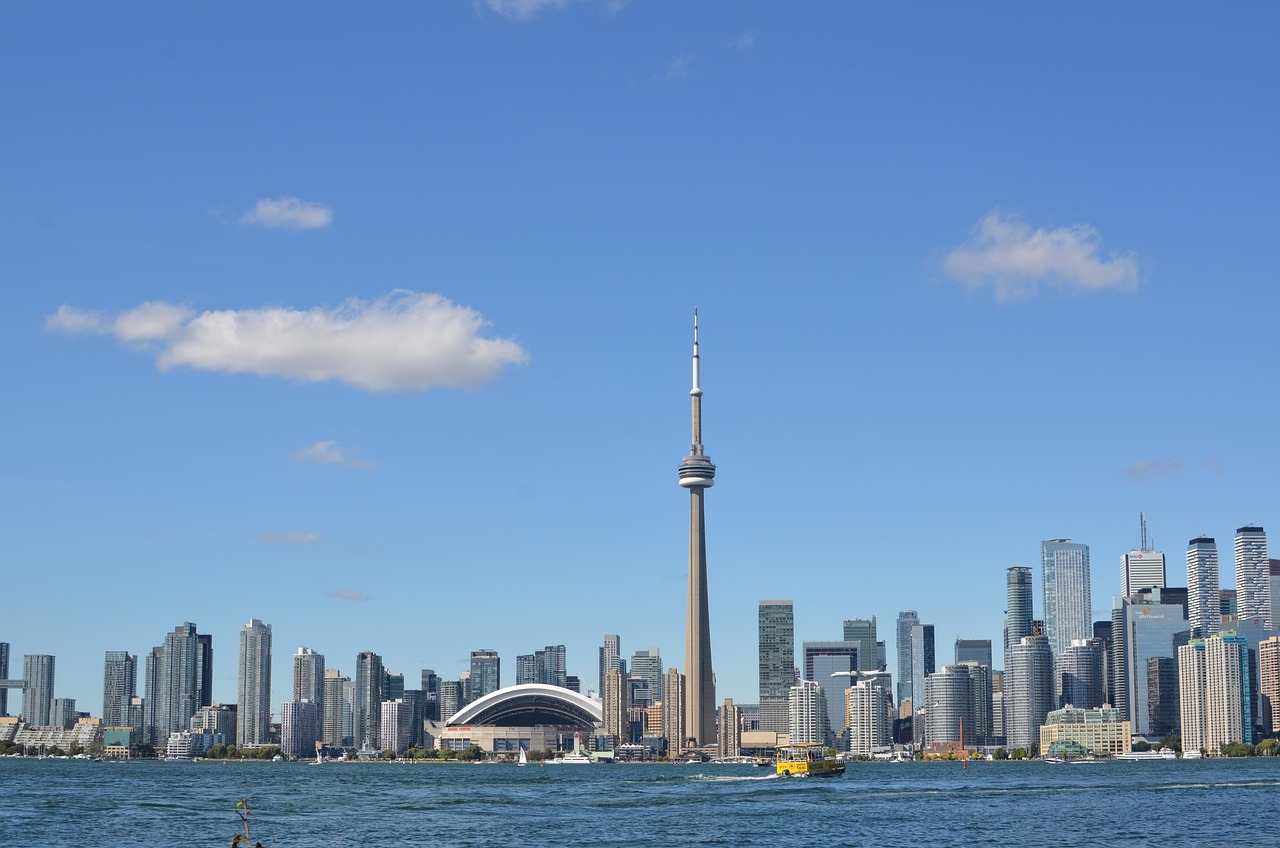
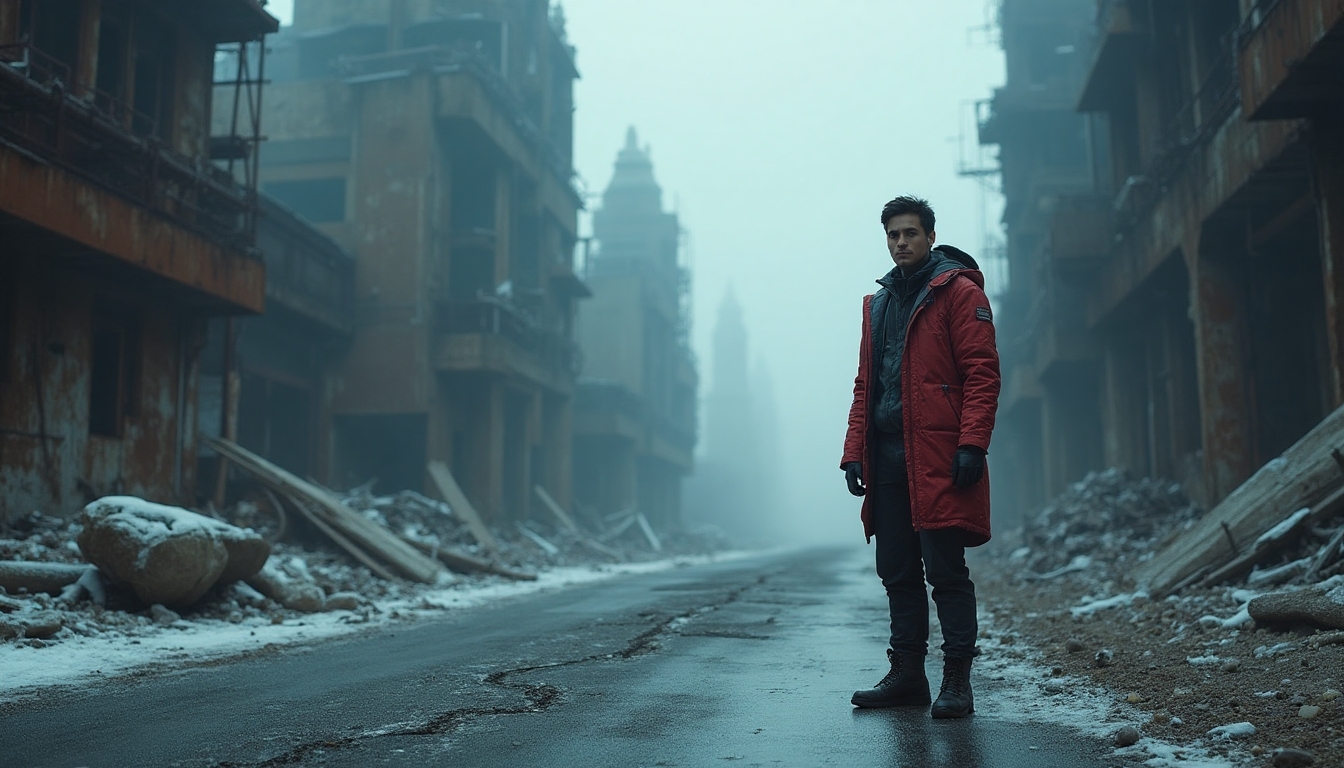

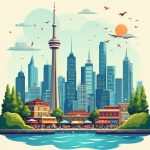

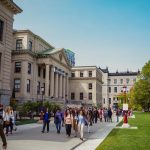
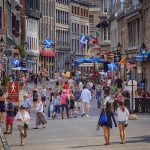
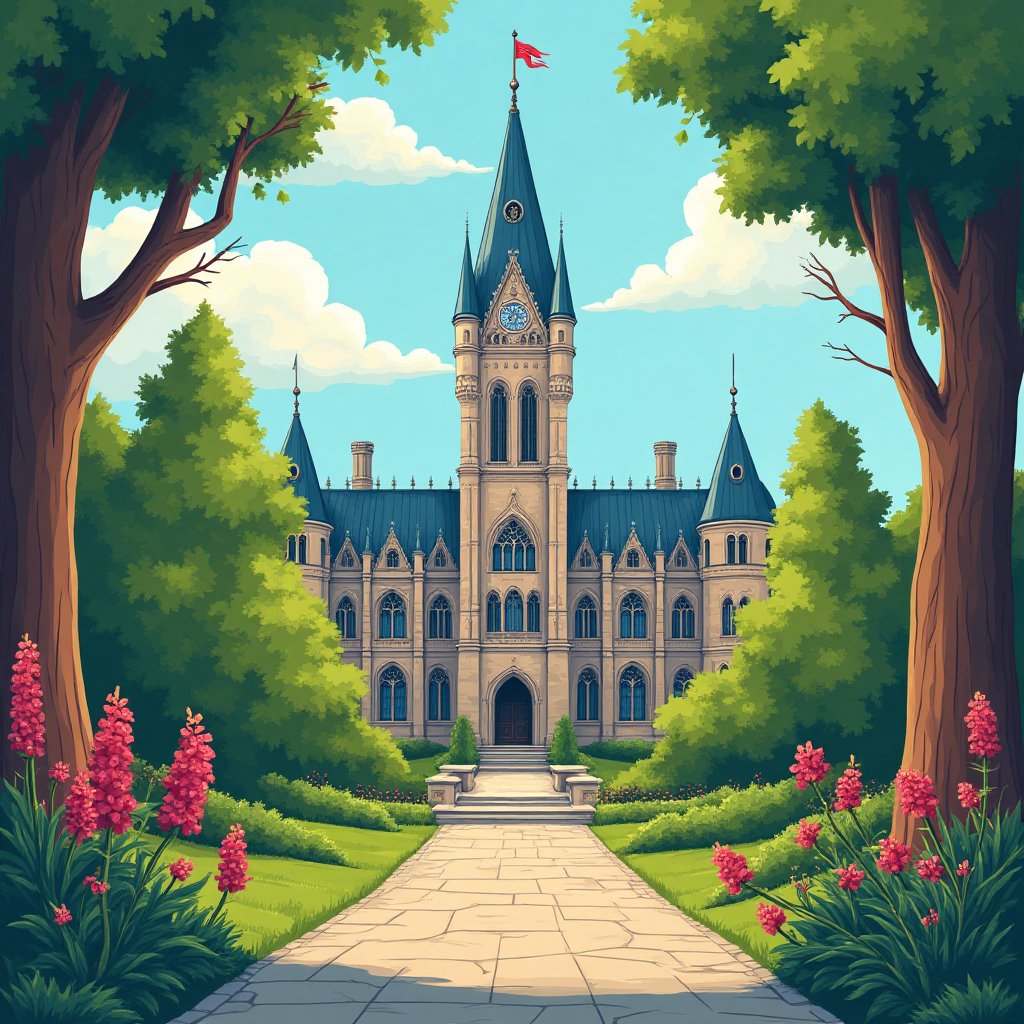
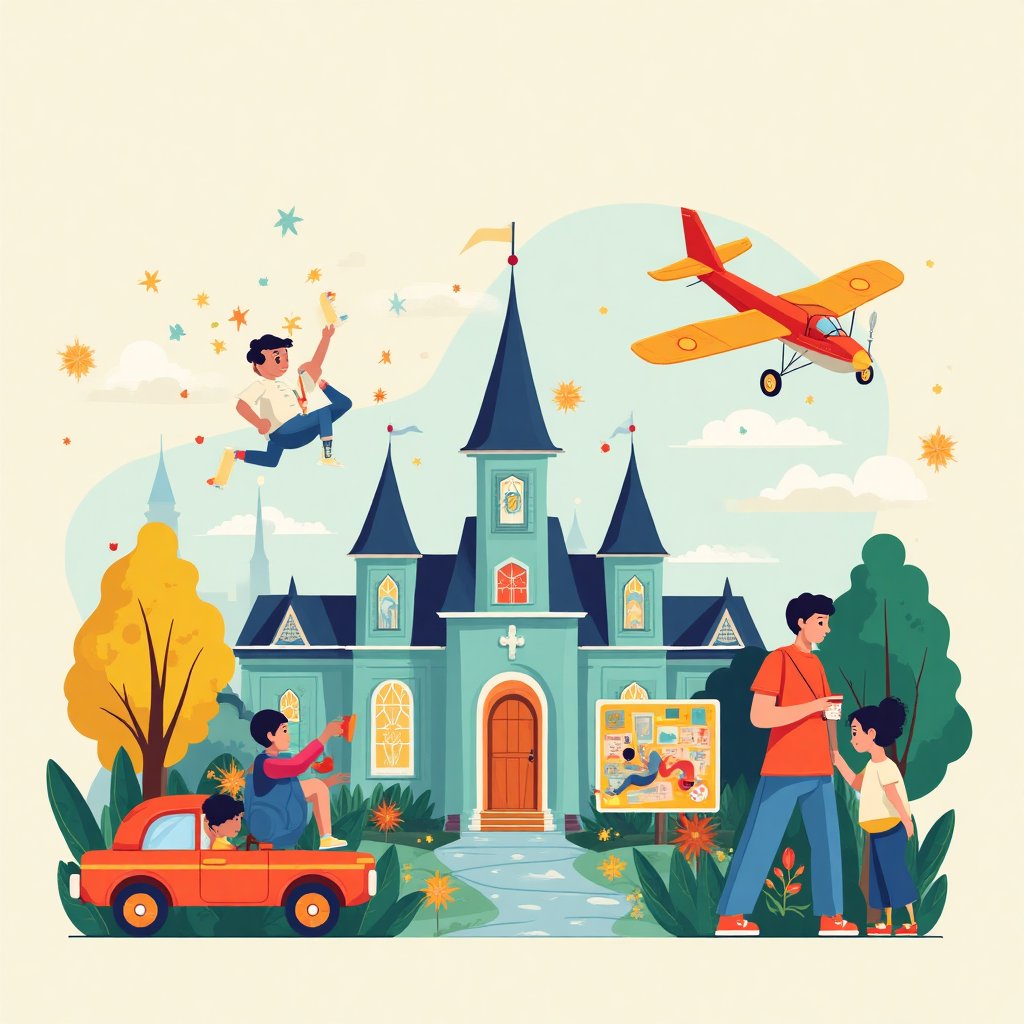
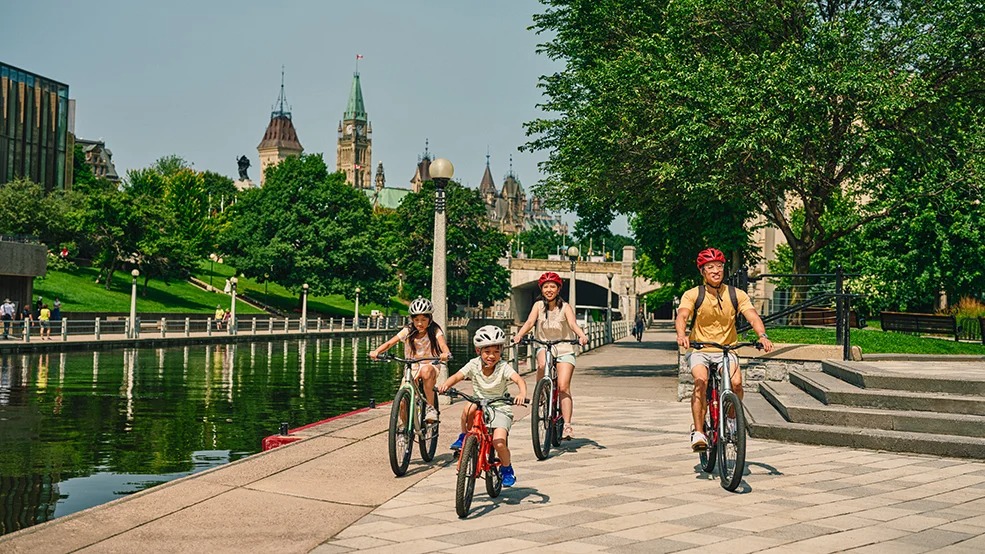















Post Comment
You must be logged in to post a comment.